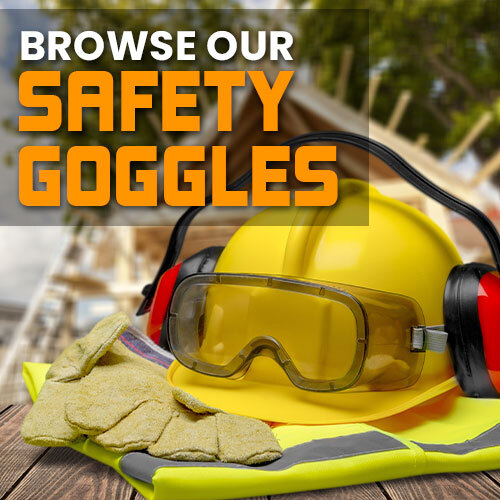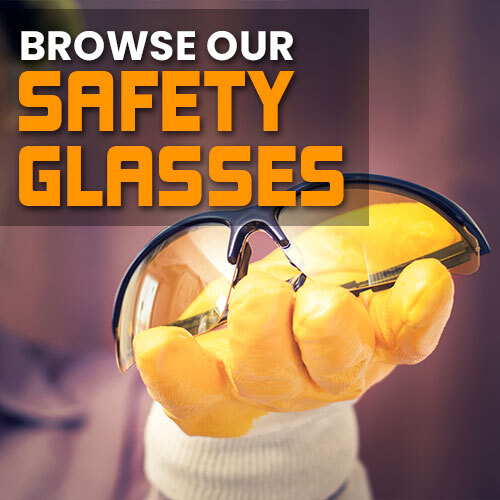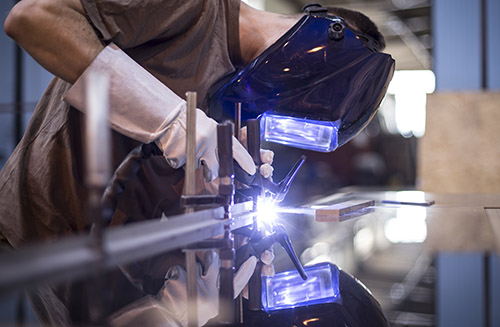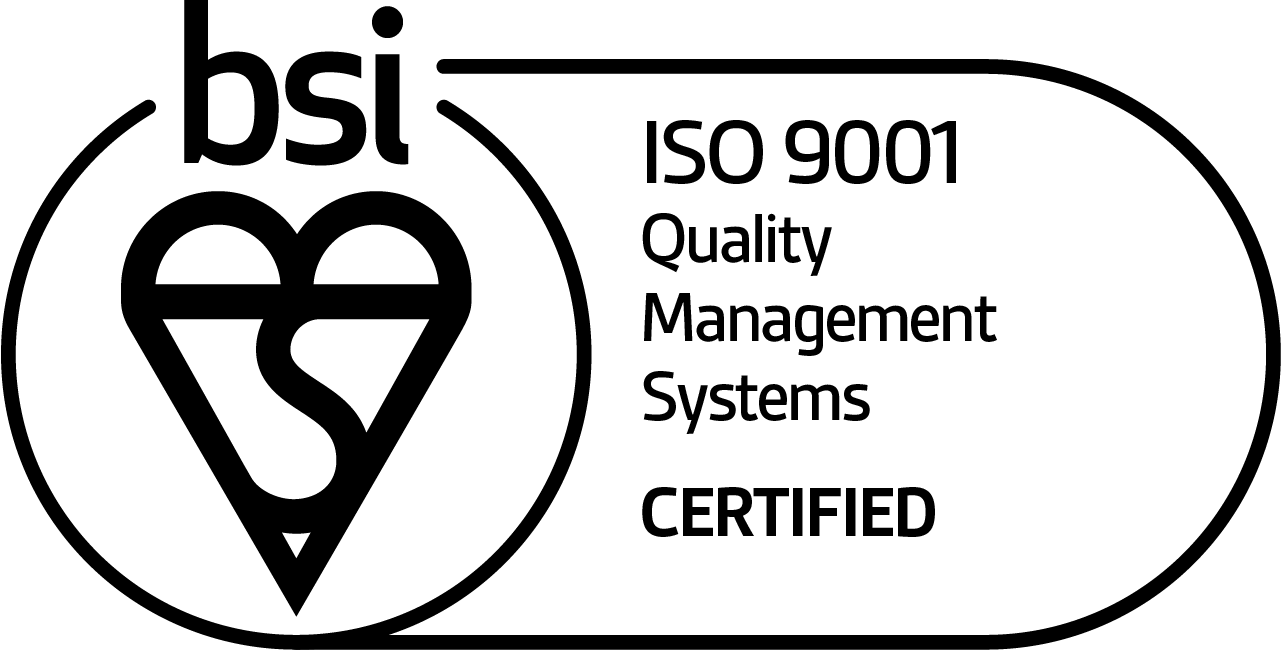| Protecting Your Eyes Against Harmful Light14 June 2018 Light can cause long-lasting damage to the eyes. Visible light can cause the gradual degeneration of the retina, as well as damage to the cornea and pterygium (a nasty condition resulting in an overgrowth of the membrane that covers the front of the eye). UV light can cause conditions that range from eye fatigue and cataracts to retinal lesions, loss of eye sight and blurring degeneration.
Many jobs can leave workers exposed to both visible sunglare and UV light, which means that without the correct protection they are at a far higher risk of developing serious, lifelong eye conditions. Thankfully the law is on the workers' side, and all safety gloves that suggest they protect against light are required to meet either EN standard EN 170 (UV light), EN 171 (infrared) or EN standard EN 172 (sunglare). This article explains each standard in detail, making sure that you know how to protect against harmful radiation in whatever form it takes. How to Protect Against LightOur eyes have developed to be comfortable within a safe zone on the light spectrum. UV light on the far left of the spectrum comes from the sun and artificial sources such as tanning beds, welding machines and lasers, and can cause serious long term damage to the eyes. Infrared light, which comes from the far right on the light spectrum is omitted from extremely hot or cold items and from the sun, and it too can cause serious long term damage to the eyes. We sell many goggles that protect against these risks, and if you're unsure about which risks correspond to which numbers on the lens of the goggles, the following sections describe in detail each standard and what it does. EN 170 - Protecting Against UV RaysEN 170 is the standard that protects workers who work in industrial environments where light you cannot see poses a threat. This includes workers who are arc welders, electric welders, glass makers, steel makers and those involved in micro-wave processes. To find out how the goggles performed related to EN 170, all you need to do is look at the lens. The numbers appear in order next to a marking relating to the brand of the goggles. The numbers which may appear are:
This number will then be followed by a further marking between 1.2 and 5 that will indicate the shade value. But it is important to remember that regardless of the shade value, a goggle with either of these two numbers on will protect well against UV rays. EN 171 - Protecting Against InfraRedIf a goggle meets EN 171 it promises to offer excellent infrared protection. This can be recognised by the number 4, followed by a shade number between 1.2 and 10. EN 172 - Protecting Against SunglareAs with EN 170 and EN 171, the markings relating to how the goggles perform to EN 172 is located on the lens of the glasses. EN 172 protects against sunglare, ensuring that the worker is protected against the sun when it is at its strongest effecting workers such as builders, engineers and lorry drivers. To recognise if a goggle can protect against sunglare, it will include these numbers on the frame:
Light TransmissionFinally, these categories will be followed by four different numbers which describe the levels of light that is capable of pushing through the lens. The more light that can pass through the glasses, the less severe the light in the environment should be. The numbers are as follows:
Where to Find Your Goggles?Now that you know what you're looking at, take a glance at our wide range of UV Resistant Safety Glasses that guarantee both quality and safety. If you work in industry, why not check out our Tinted Safety Goggles that focus on welders, glass manufacturers and other heavy industrial workers that are exposed to intense light. Or if you work outside try looking at our Indoor/Outdoor Safety Goggles that look to cover you as you go from dark indoor lighting, to the bright outdoors. Finally, if you're after some advice, leave a comment below or call us on 020 7501 0594 where one of our experts will be delighted to help. |





